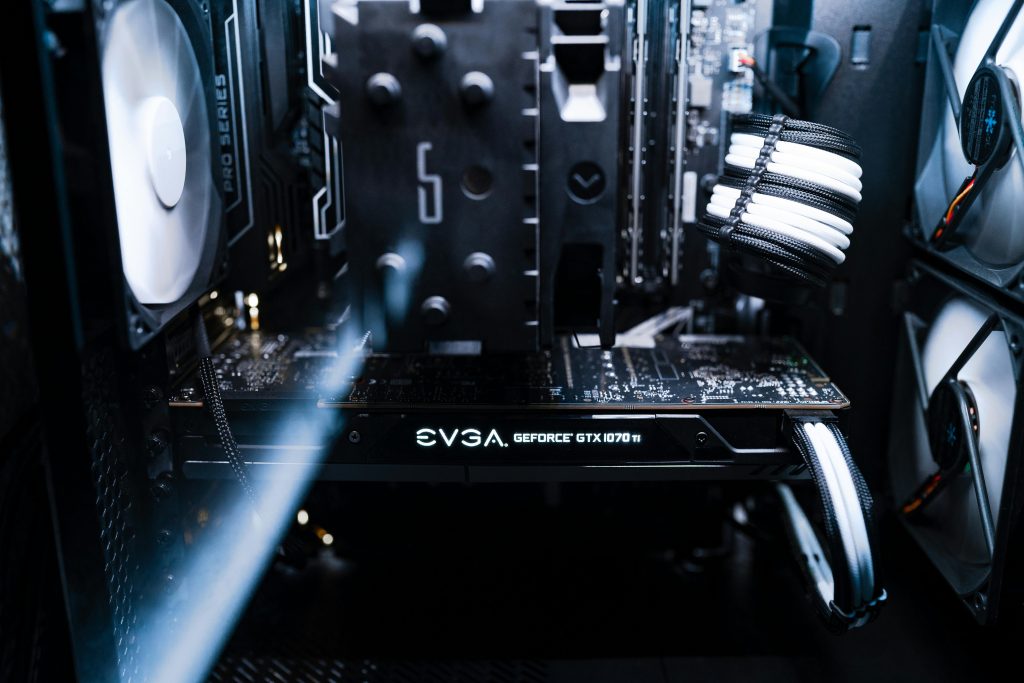Exploring Persistent RAM Usage Issues on Windows 11: A Case Study
Understanding and managing system resource consumption is crucial for maintaining optimal computer performance. Recently, a Windows 11 user encountered an unusual and persistent high RAM usage, even when the system was idle. This case study details the troubleshooting process, possible causes, and findings, offering insights for users facing similar issues.
Background
The user operates a Windows 11 machine equipped with 32GB of DDR4 RAM. Despite expectations of low memory usage during idle periods, the system consistently reported approximately 70% RAM utilization. Initially suspecting the Epic Games Launcher as the culprit, the user observed elevated memory usage linked to this application. After uninstalling it, high RAM consumption persisted, suggesting other underlying factors.
Troubleshooting Steps Undertaken
- Memory Diagnostics
-
Utilized Windows Memory Diagnostic tool; results indicated no errors, confirming the integrity of physical RAM modules.
-
Memory Usage Analysis with RAMMap
- Revealed that driver locking consumed approximately 430MB, while nonpaged pool memory used about 845MB.
-
These figures suggest kernel or driver-related memory allocations contribute to the issue but do not pinpoint the exact source.
-
Nonpaged Pool Monitoring with PoolMon
- Monitored high-byte memory tags, aiming to identify responsible drivers.
-
The analysis was ongoing, with no definitive culprits identified yet.
-
Background Processes and Services Inspection
- Checked Task Scheduler for scheduled tasks related to Epic Games Launcher; none found.
-
Used Autoruns to disable residual Epic-related startup entries and background services, reducing the possibility of hidden processes.
-
Application and Service Uninstallation
- Confirmed complete removal of Epic Games Launcher and Epic Online Services (EOS).
-
Notably, high RAM usage persisted after subsequent system restarts, indicating other factors at play.
-
System Power Settings Adjustment
-
Disabled Fast Startup to rule out hibernation-related memory reservations; observed no significant change.
-
Minimal Mode Testing
-
Booted into Safe Mode; RAM usage dropped to approximately 8%, suggesting third-party drivers or services contribute to the leak in normal mode.
-
System File Integrity Check
-
Ran
sfc /scannow, which repaired some corrupted system files, potentially alleviating underlying issues. -
Malware and Security Scans
Share this content:



